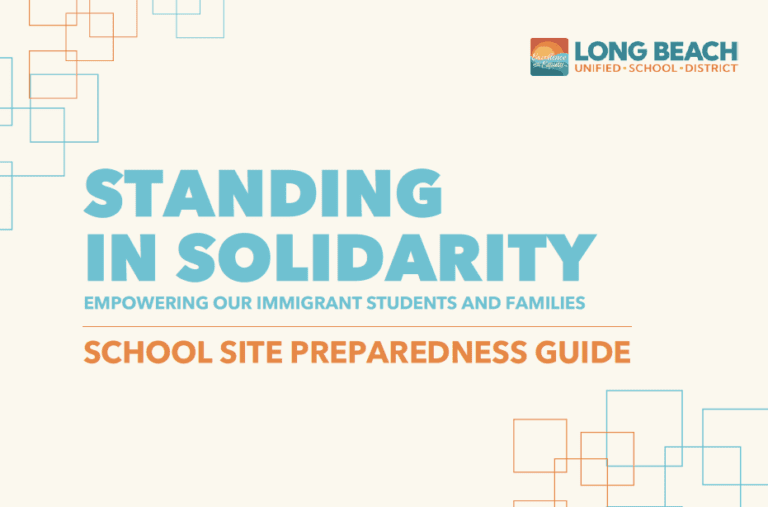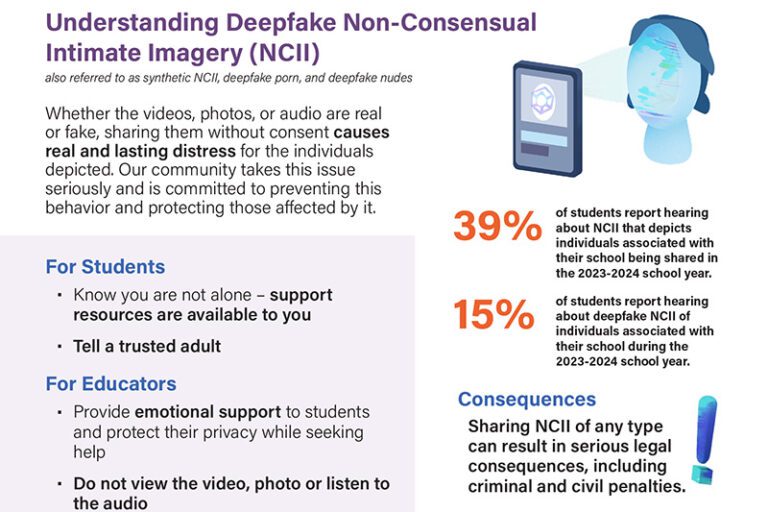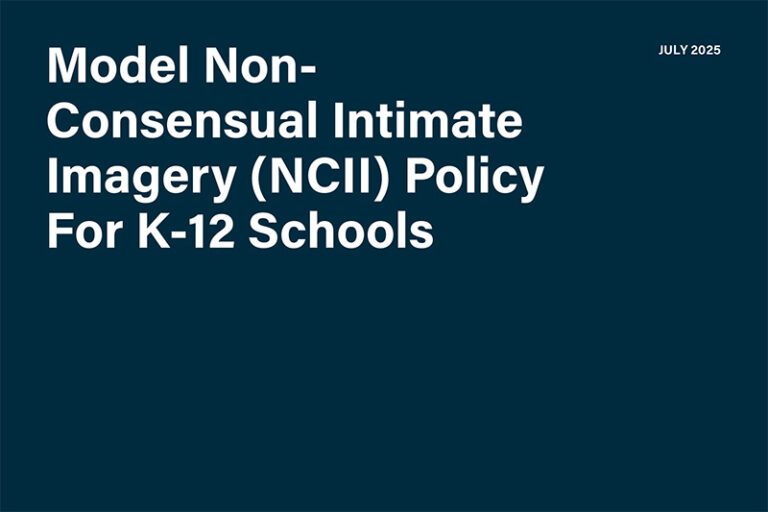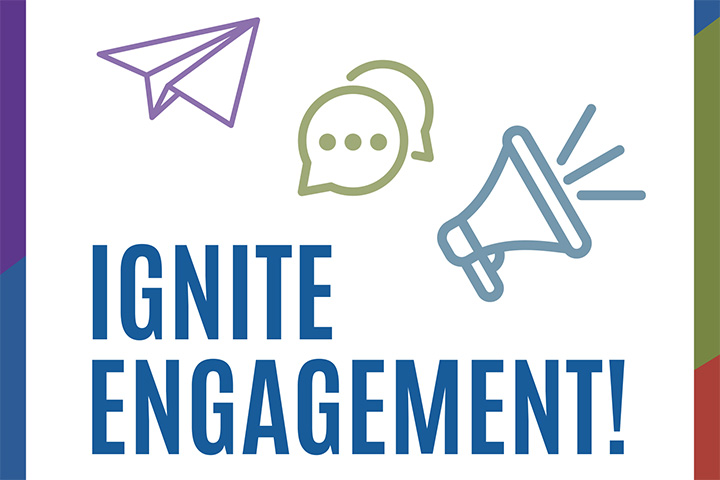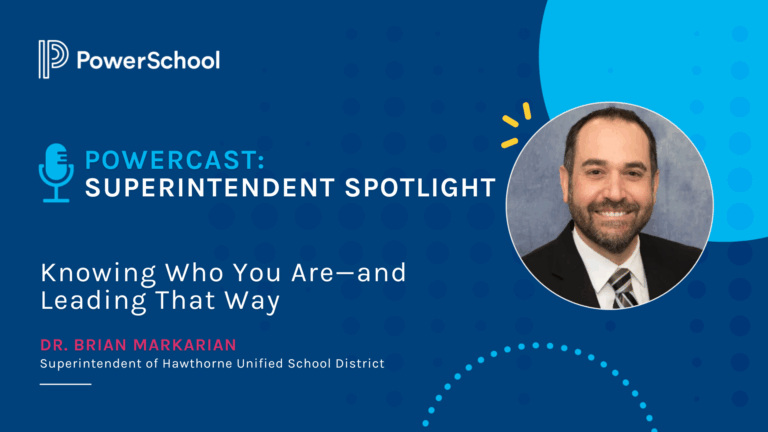
This resource is provided by ACSA Partner4Purpose Navigate360.
School leaders face increasing challenges in addressing the mental health crises sweeping through communities across the country. The rise in reported incidents of bullying, self-harm, and violence among youth underscores the critical need for proactive measures, and integrated solutions are becoming essential in identifying and supporting students in need before issues escalate into crises. These tools not only enhance visibility but also ensure that students do not fall through the cracks, promoting a safer and more supportive school environment.
The Role of Integrated Technology
In today’s schools, maintaining student safety and well-being requires a layered and holistic approach. Integrated tools, such as anonymous tiplines, digital scanning of school-owned sources, and behavior case management systems, are designed to identify, centralize, and manage critical data about students of concern. This integration is crucial in transforming disconnected pieces of information into a cohesive picture that leads to timely and effective interventions.
For instance, an anonymous tipline allows students, teachers, and parents to report concerns about bullying, self-harm, or potential violence, and a digital scanning tool allows schools to identify self-harm or violent language being shared on school computers. This data, when integrated into a behavior case management system, provides a comprehensive view of a student’s interactions and history. This approach ensures that no piece of information is overlooked, allowing for a more accurate assessment of a student’s needs.
Enhancing Visibility and Support
One of the key benefits of integrated technology is the ability to enhance visibility into students’ behaviors and needs. By centralizing data, school officials can recognize patterns and warning signs early. This proactive stance is vital in preventing incidents before they occur.
For example, if multiple reports indicate that a student is being bullied, the integrated system can flag this pattern, prompting a thorough assessment and timely intervention. Similarly, if a student exhibits signs of self-harm or expresses suicidal thoughts, the system can alert school counselors and mental health professionals to conduct immediate screenings and provide the necessary support.
Moving from Reactive to Proactive
Traditional approaches to managing student mental health often involve reactive measures, where interventions are put in place after an issue has escalated. Integrated technology, however, shifts this paradigm to a more proactive stance. By leveraging all available information and highlighting patterns, schools can move from merely reacting to incidents to preventing them.
For instance, high-level reports generated by an integrated system can be turned into actionable plans. A robust case management framework can guide school officials through the process of threat assessments, behavior interventions, and documentation of all actions taken. This comprehensive approach ensures that every step is monitored, documented, and evaluated, providing a thorough support system for students in need.
Breaking Down Silos
Effective student support requires breaking down silos. Integrated tools facilitates this by centralizing data and ensuring that all relevant information is accessible to the people who need it. When school counselors, teachers, and administrators have access to the same data, they can collaborate more effectively to support students.
If a teacher reports a concern about a student’s behavior, this information is immediately available to the school counselor through the integrated system. The counselor can then follow up with the student, conduct assessments, and coordinate with the teacher to provide consistent support. This seamless flow of information ensures that no student is overlooked and that every concern is addressed promptly.
A Layered, Holistic Approach
The integration of technology in managing student mental health and safety is not just beneficial—it is essential. By centralizing data and enhancing visibility, the right tools can enable schools to identify students in need and provide timely and effective support. Moving from a reactive to a proactive approach, and breaking down silos between different school departments, integrated technology solutions create a safer and more supportive environment for all students. As schools continue to navigate the complexities of student well-being, embracing these technologies will be crucial in fostering a community where every student can thrive.
In the face of a growing mental health crisis among students, Navigate360 has introduced Self-Harm Alerts, a free digital scanning tool that equips schools to identify and intervene early when students need help. Sign the Zero Incidents of Self-Harm Pledge today and equip your school with this powerful tool to build a future where every student is safe and supported.



